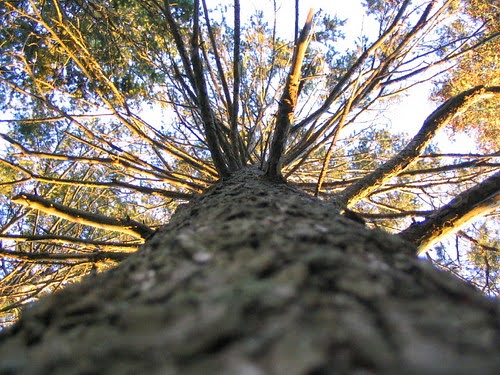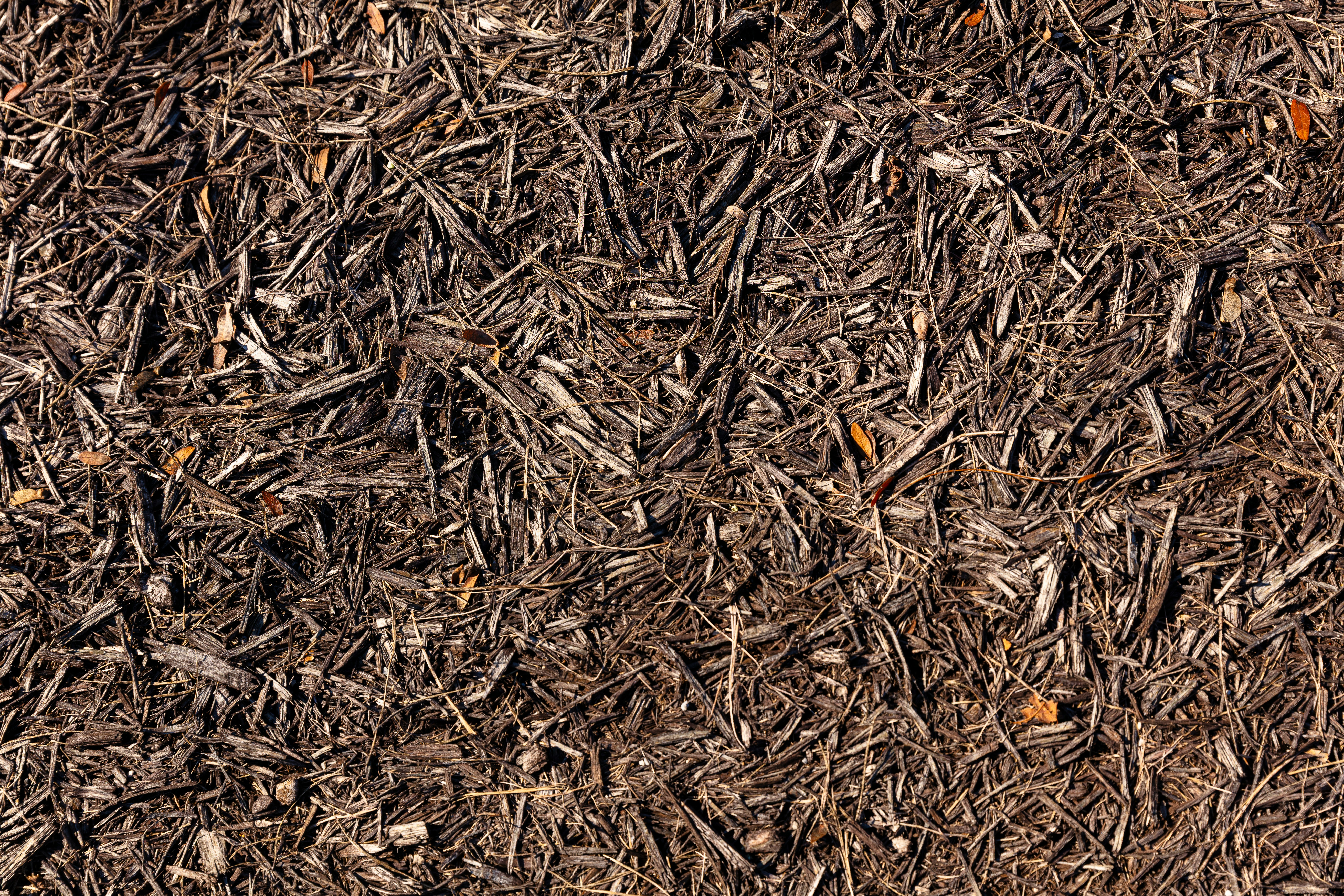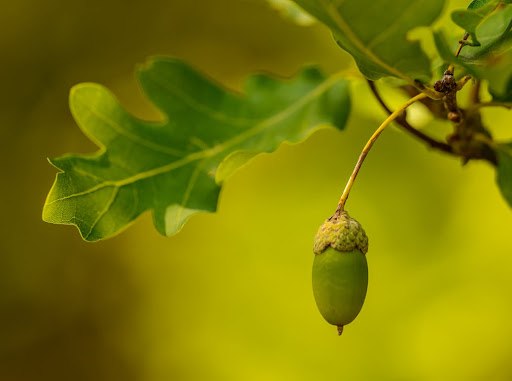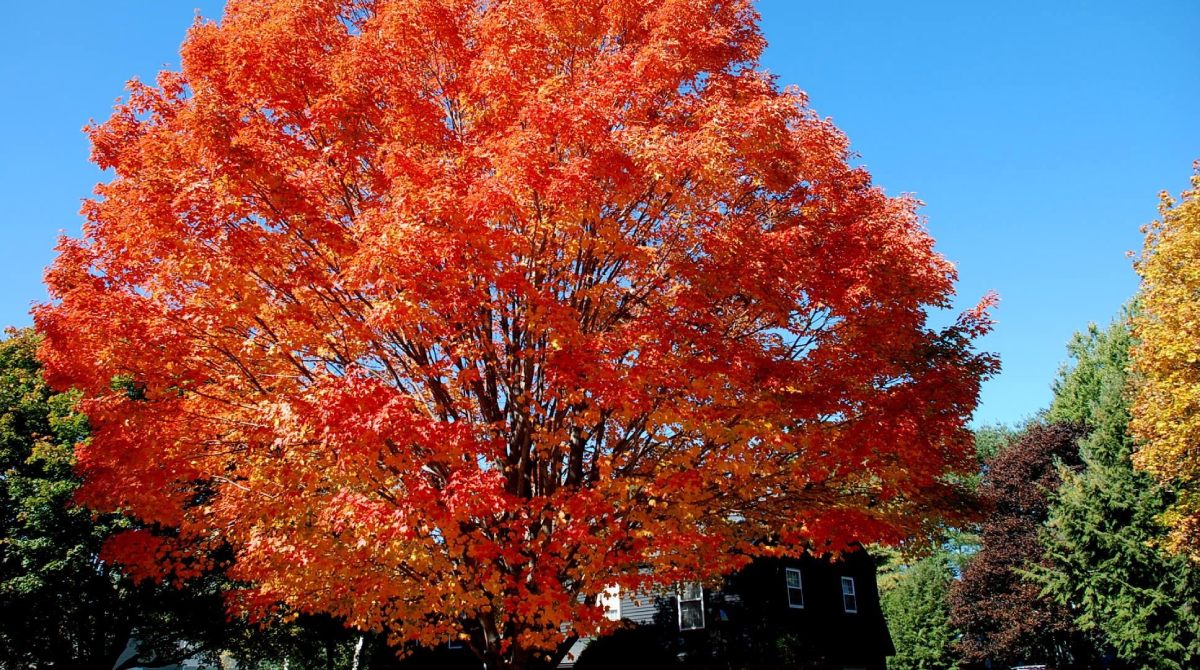
Date September 12, 2022
Category
Like most homeowners, you probably take great pride in your yard and garden. One of the most important aspects of a beautiful yard is healthy trees. Unfortunately, many homeowners don’t know how to tell when their trees are sick until it’s too late. Signs of sick trees can often appear subtle, but if left untreated, they can cause severe problems to tree health. In this blog post, we’ll discuss common signs of diseased trees and what to look out for. We’ll also offer some tree care tips for treatment and prevention. Read on to learn more!
While this blog aims to provide education on tree sickness, the type of disease or stressor varies from tree to tree. The best way to understand what is causing your tree stress is by contacting an ISA Certified Arborist at (817) 592-6846 for a comprehensive diagnosis.
Common Tree Disease Symptoms
Wilting
Wilting leaves are one of the biggest indicators of stressed trees. Leaves are responsible for absorbing sunlight and turning it into energy, so if they’re wilting, they’re not working at their fullest potential, which can cause the whole tree to suffer.
Common causes: heat stress, drought stress, poor soil drainage, fire blight, verticillium wilt, oak wilt, excessive fertilizer use, and tree pests.
Yellow Leaves
If the leaves on your trees are yellowing, it may not be because of autumn. Yellowing leaves are a sign of nutrient deficiencies, meaning your trees aren’t getting the essential elements needed for optimal plant health. If the leaves are yellow or pale white, while the veins remain green, it’s typically iron chlorosis.
Common causes: The tree cannot absorb sufficient nutrients from the soil responsible for green growth. This may be because the soil lacks essential elements or has low pH (acidic) or high pH (alkaline). Even if the soil has an abundance of nutrients, the tree’s roots may not be able to absorb them.
Leaf Spots or Leaf Blight
Leaf spots or leaf blight is a term to describe several types of tree diseases that weaken trees by interrupting photosynthesis, ultimately leading to leaf loss. Leaf spots represent several different types of tree diseases and are characterized by individual spots separated by healthy leaf tissue, while leaf blight is when the spots merge to form larger masses of diseased tissue.
Common causes: A fungal infection is the most common cause of leaf spots. However, bacterial tree diseases, drought, and insect damage can also lead to blemishes on the surface of tree leaves. To identify what is causing your leaf spots, look at the color, shape, size, and location of the spots and the time of year and tree species.
Holes in Leaves
Seeing holes in your leaves can be alarming, but it rarely threatens tree health. This is because it’s usually caused by pests feeding on your tree leaves. Depending on the pest, it can inflict varying amounts of damage. More serious infestations must be treated immediately to prevent further harm to your tree and nearby plants.
Common causes: Leaf beetles, caterpillars, snails, and slugs.
If you’re concerned about tree pest infestation, TreeNewal offers insect management services to residential and commercial property owners in Dallas/Fort Worth.
Fungus on Leave
If your leaves have black, white, or gray patches that look powdery or fuzzy, it’s typically a sign of fungal infection. The most common of these are powdery mildew and sooty mold caused by different fungal pathogens. If flimsy silken webs encase the leaves on your trees or branches, it may be due to fall webworms or tent caterpillars.
Common causes: Shaded trees without proper air circulation, excess honeydew dropped by sap-feeding insects, pest infestation, and wet, humid weather.
Leaf Discoloration
If the leaves on your trees turn red or brown or are drying out prematurely, it may be a symptom of prolonged tree stress. This is caused by late-stage tree disease because, at this point, the tree lacks adequate sunlight and carbon dioxide required for tree health.
Common causes: Leaf scorch due to lack of water, too much fertilizer, damage to roots, exposure to strong wind, drought stress, heat stress, soil compaction, verticillium wilt, leaf blight, or any of the above tree disease symptoms
Defoliation
If tree branches have no leaves before winter sets in, it’s a serious problem. Defoliation is caused by tree stress, insects, diseases, or poor nutrition. Moreover, dead branches are a sign of underlying issues in the roots and trunk.
Common causes: anthracnose, iron chlorosis, pest infestation, fungal infection, and more.
Sick trees will always show symptoms of stress. It’s the responsibility of the homeowner to recognize these signs and to take action before further damage leads to the death of your tree. If your trees show any of the above symptoms, it’s imperative to contact a Dallas tree care specialist at TreeNewal immediately. Doing so can help you save your tree, restore its vigor, and protect your investment.
How to Save Your Diseased Tree
Before treating your sick trees, it’s essential to determine the exact cause. While some of these tree disease symptoms can be mitigated through pruning, tree nutrition, proper watering, or soil conditioning, keeping your trees healthy year-round is the best course of treatment. If that’s no longer a viable option, TreeNewal can help.
TreeNewal
TreeNewal is a full-service tree care company that offers tree insect and disease management to restore and maintain tree health in Dallas/Fort Worth. Our ISA Certified Arborist understands how each tree responds to the many pests and diseases in the local ecosystem and can provide a comprehensive diagnosis and treatment plan. If you think your tree is sick or want more information on tree care, contact us at (817) 592-6846.
To learn more about How to Tell if the Leaves on Your Trees are Sick: Signs of Diseased Trees?, call our Argyle and Southlake-based teams
at (817) 592-6846 or send us a message.
We’re a little different than the average tree services company.
Learn more about TreeNewal’s ISA Certified Arborists!
Our Dallas/Fort Worth-based tree doctors can explain how sustainable tree care services add more value to your bottom line.
Healthy trees, healthy lives.
